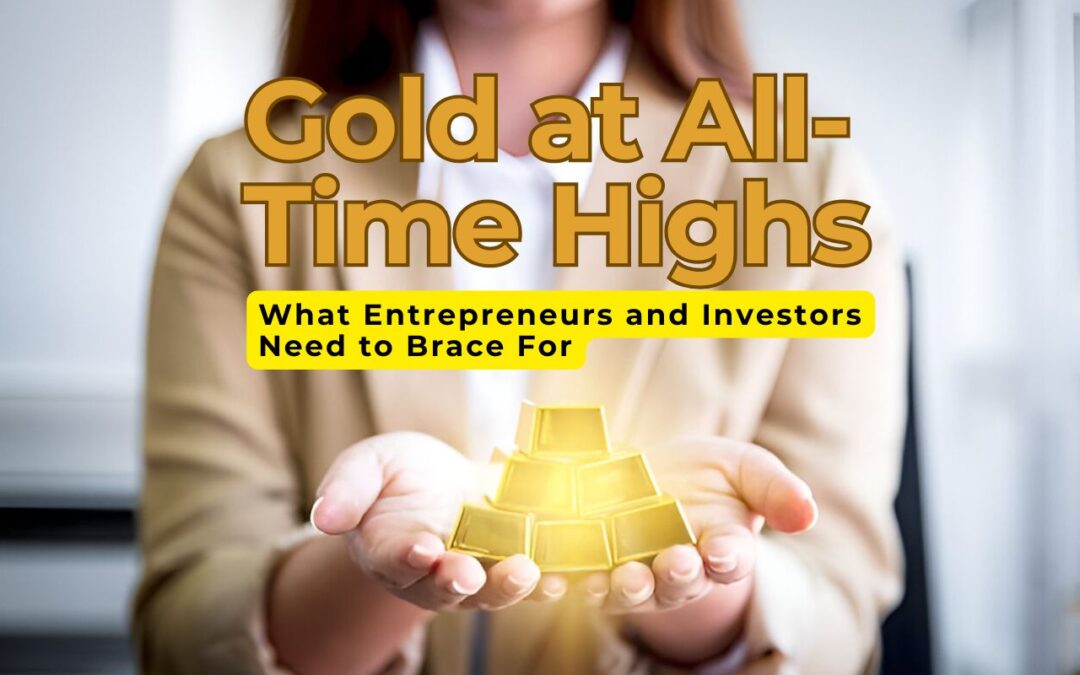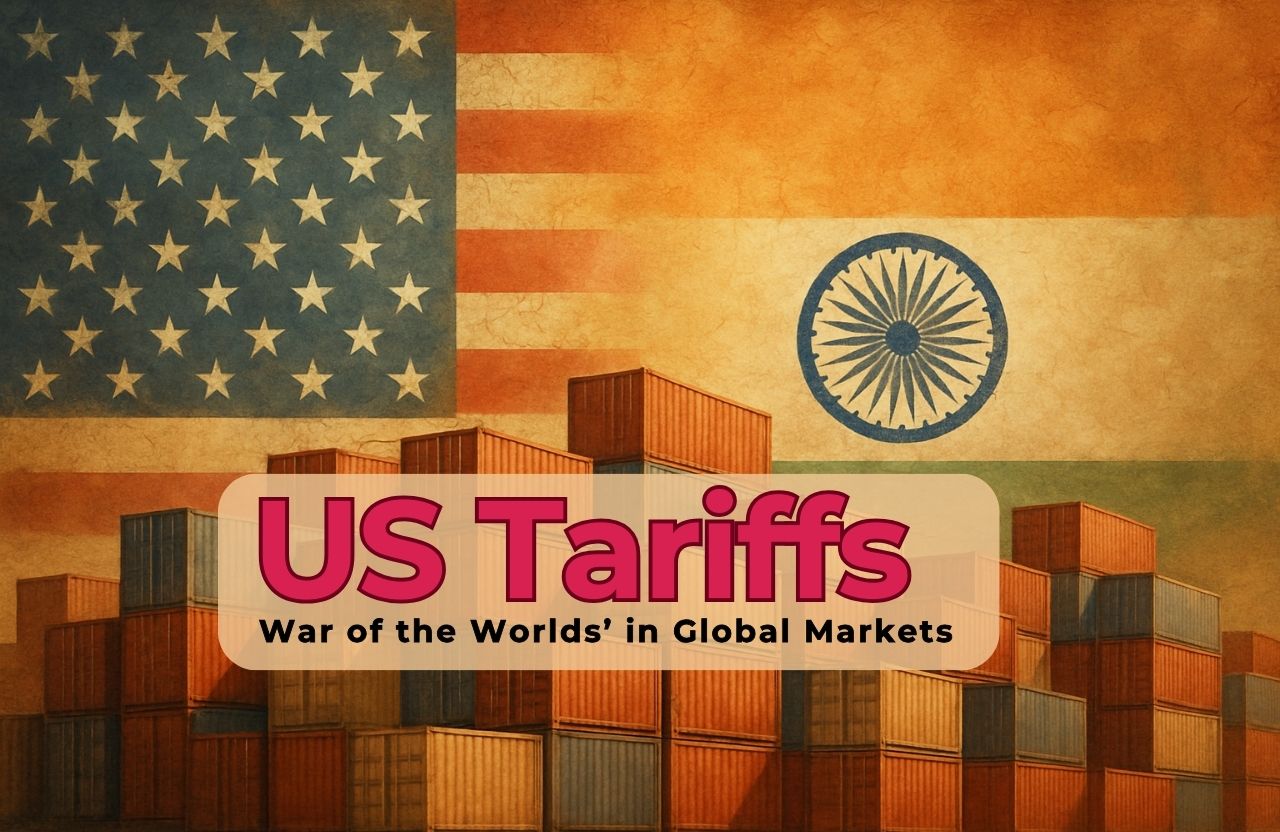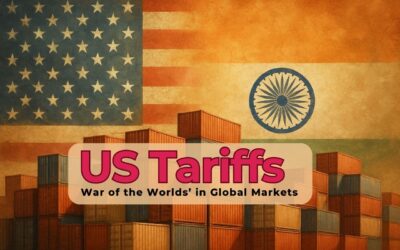“Gold is not just a precious metal—it’s a mirror reflecting global uncertainty.”
Gold has crossed into uncharted territory in 2025.
As of April, the yellow metal is trading around $3,335 per ounce, smashing previous predictions that expected it to touch $2,500 by year-end. With such an explosive rally already behind us, the real question now is: What’s next?
Are we witnessing a sustainable shift in value, or is this a speculative bubble on the brink of bursting?
Let’s explore the driving forces, the risks beneath the glitter, and what smart entrepreneurs and investors should do now.
Why Is Gold at a Record High in 2025?
1. Geopolitical Unrest is Fueling Safe-Haven Demand
Tensions in the South China Sea, conflict spillovers in Eastern Europe, and an unstable oil supply chain have spooked markets. Investors are rushing to gold, the ultimate hedge during a crisis.
2. Stubborn Inflation & Currency Devaluation
Despite aggressive rate hikes, inflation has proved sticky across the globe. As fiat currencies lose purchasing power, gold is being viewed as the real store of value, especially in countries battling currency depreciation.
3. Record Central Bank Accumulation
Central banks, particularly from BRICS nations, are diversifying reserves away from the US dollar. 2025 has seen the highest gold accumulation by governments in over 50 years.
4. Retail & Digital Gold Boom
From retail investors in India to digital-savvy millennials in the US, gold is trending like never before. Apps offering fractional ownership and instant trading have made gold accessible to a new wave of investors.
Boom or Bubble? Cracks Behind the Shine
The sharp rally brings opportunity—but also risk.
1. FOMO and Retail Speculation
The speed at which prices have climbed—over 30% since the start of 2025—is raising alarms. Retail investors chasing quick returns may be inflating the market artificially.
2. Disconnect from Fundamentals
Gold doesn’t produce income. Its value relies on perception. At over $3,300/oz, some analysts argue the current price may be overstretched relative to long-term historical ratios.
3. Potential Central Bank U-turns
If global economies stabilize and central banks begin lowering rates again, demand for safe-haven assets like gold could decline quickly—triggering sharp corrections.
4. Profit-Taking Pressure
Large institutions that bought at lower levels may begin to exit gradually, causing ripple effects. This could lead to volatility spikes and corrections within the year.
What This Means for Entrepreneurs
If you’re running a business, this gold rally could impact your operations—directly or indirectly.
1. Cost Pressures on Gold-Dependent Industries
If you’re in jewelry, electronics, or healthcare, prepare for higher input costs. Lock in contracts or hedge against fluctuations to protect margins.
2. Shift in Consumer Spending
Consumers redirecting funds into gold may cut back on discretionary spending—slowing growth in lifestyle, luxury, and retail sectors.
3. Tighter Capital Access
In uncertain economic climates, banks and VCs become conservative. Having tangible assets like gold could provide leverage or collateral when seeking loans or funding.
What Should Investors Be Doing Right Now?
The key is not to avoid gold—but to approach it wisely.
1. Balance Your Portfolio
Don’t chase the highs. Financial advisors recommend keeping 5-10% exposure to gold as a hedge, not as the core of your portfolio.
2. Diversify Your Gold Holdings
Use a mix of physical gold, ETFs, sovereign gold bonds, and even exposure to mining companies. This provides liquidity and downside protection.
3. Stay Data-Driven
Watch macroeconomic trends—interest rates, inflation, geopolitical events. Gold is highly reactive, and timely information can be your best ally.
4. Avoid Herd Mentality
Buying gold just because everyone else is can be dangerous. Evaluate your own goals. Remember: “Trendy assets often burn the late adopters.”
Is This the New Normal or a Golden Mirage?
It’s tempting to believe that gold will keep climbing forever. But history warns us otherwise.
In 1980, gold reached $850 amid global tension—then dropped for two decades. In 2011, it peaked at $1,900 before crashing 30%. The 2025 rally may be rooted in stronger fundamentals—but hype still carries risk.
Gold preserves wealth—it doesn’t always grow it.
Investors looking for growth may do better combining gold exposure with stocks in gold mining, fintech, and inflation-resistant sectors.
Expert Predictions: Where Is Gold Headed Next?
- Goldman Sachs has raised its forecast to $3,600 by mid-2026, assuming continued macro uncertainty.
- UBS warns of a short-term pullback to the $3,000 range if inflation eases and the Fed pivots dovish.
- JP Morgan suggests a sideways market for gold unless new conflict zones emerge.
Conclusion? Volatility ahead is certain—but direction depends on factors outside investor control.
Final Thoughts: Prepare, Don’t Panic
The gold rally is a reflection of today’s world—uncertain, unstable, and increasingly fragmented. But within the chaos lies opportunity.
Entrepreneurs should adapt quickly, monitor cost structures, and secure alternative financing.
Investors should resist the noise, rebalance portfolios, and look at gold as insurance, not an engine of growth.
Whether we’re standing on a golden foundation—or floating in a speculative bubble—only time will tell.
But one thing is clear: this isn’t the time to be complacent. It’s time to be calculated.













